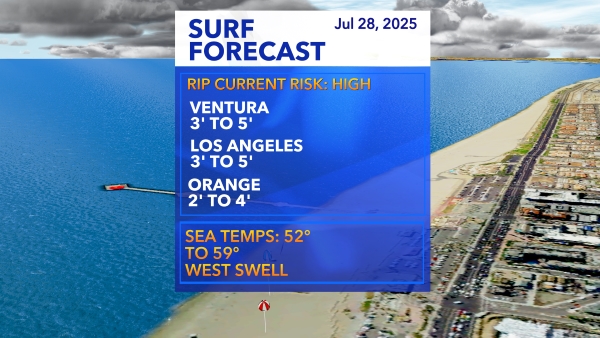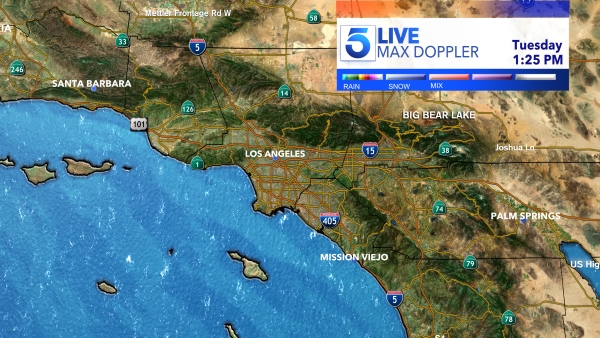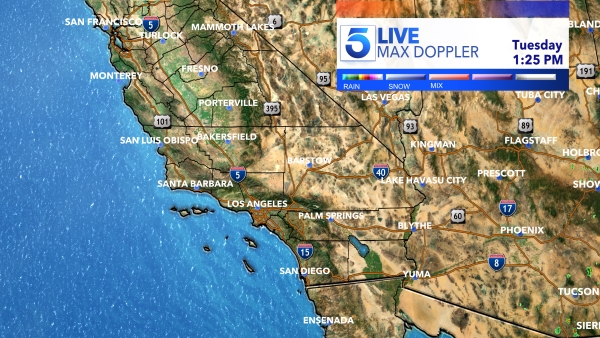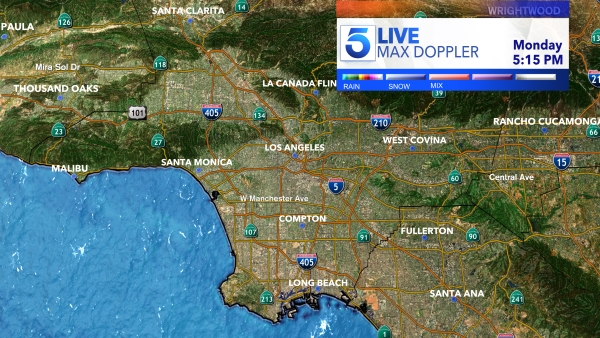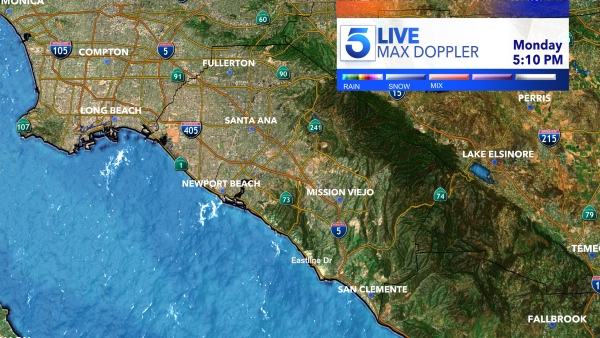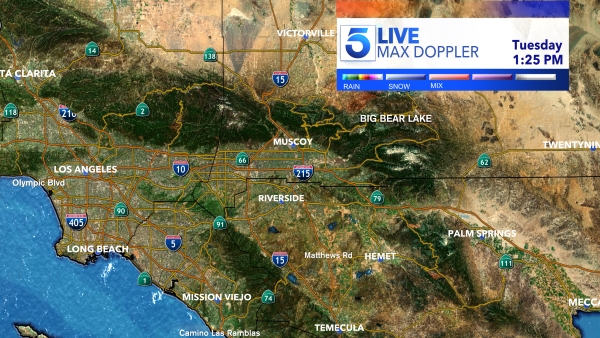Hurricane Michael hit the Florida Panhandle with frightening fury.
The Category 4 storm was packing maximum sustained winds of 155 mph as it made landfall near Mexico Beach.
In terms of wind intensity, that made it much stronger than Hurricane Florence, which had winds of 90 mph when it blew ashore in North Carolina last month.
Hurricane Michael: Live updates
Here are some other facts that show the power of this “monstrous storm.”
- Michael was the first Category 4 storm on record to make landfall in the Florida Panhandle.
- It was also the first major hurricane (Category 3 or above) to strike the Florida Panhandle since Hurricane Dennis in 2005.
- After Michael was downgraded Wednesday afternoon, it became the first Category 3 hurricane to track into the state of Georgia since the 1898.
- Only three major hurricanes made landfall in the Panhandle since 1950 before this: Eloise in 1975, Opal in 1995 and Dennis in 2005.
- Michael was expected to be the strongest hurricane, based on wind speeds, to make landfall in the continental US since Hurricane Charley hit Florida in 2004.
- The “forecast cone” for Michael (the storm’s projected path) stretches from Florida all the way north to Maryland.
- Before Michael made landfall, about 30 million people were under a hurricane watch or warning, or tropical storm watch or warning, across six states (Florida, Alabama, Mississippi, Georgia, South Carolina and North Carolina).
- Michael is the seventh hurricane of the year in the Atlantic Basin. On average, the Atlantic has about five hurricanes by October 8.
- Its tropical-storm-force wind speeds stretch for more than 320 miles — equal to the distance between New York City and Pittsburgh.
- Florida has had more hurricanes in October than in any other month.
